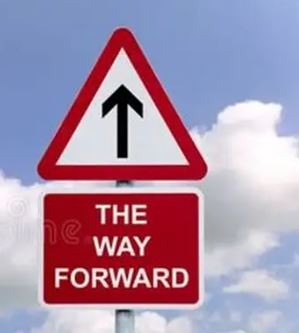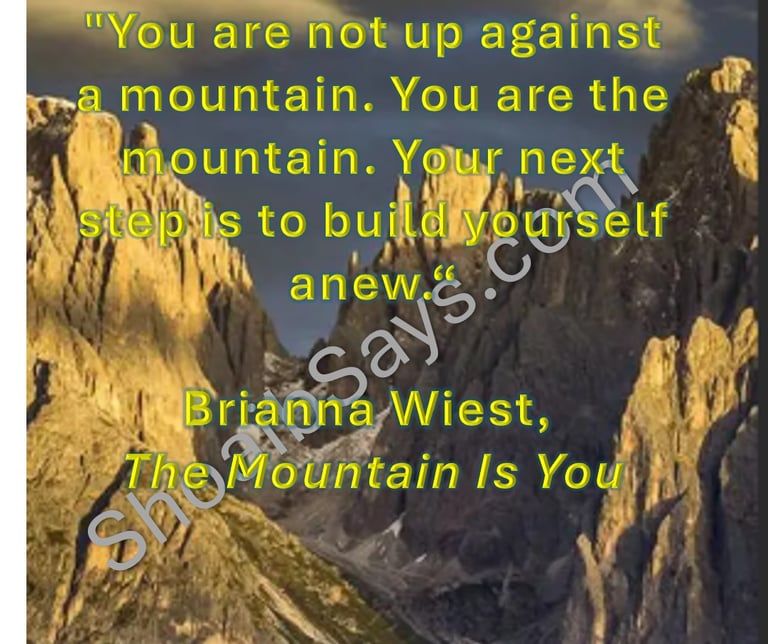The Mountain Is You
Book Summary: The Mountain is You by Brianna Wiest Conquer self-sabotage. Read our summary of 'The Mountain Is You' for key insights and actionable steps to build a new you. Start your journey.
M Shoaib
9/14/20253 min read


The Core Idea:
Transforming your life isn't about one giant leap. It's about the small, consistent choices you make every day that build a new self, capable of standing on the mountain you once thought was in your way.








What did you think of this book? What's the biggest mountain you're facing right now? Let me know in the comments...
Your life is a reflection of your inner state. The "mountain" you face isn't an external obstacle—it is you. More specifically, it's the parts of you that are engaged in self-sabotage. This self-sabotage is not a character flaw; it's a misguided protective mechanism from your past. To conquer your mountain, you must understand why these behaviors exist and consciously build new, supportive systems in your life.
### Key Breakdown:
Understanding Self-Sabotage: We self-sabotage because a part of us believes it's keeping us safe from past pain, fear, or failure. These behaviors (procrastination, negative self-talk, toxic relationships, etc.) are often crutches that helped us cope at one point but now hold us back.
The Two Selves:
The Conscious You: This is your present-moment self with goals and dreams.
The Subconscious You: This is your inner child, holding onto old wounds, beliefs, and survival mechanisms. Self-sabotage happens when the subconscious self-overrules the conscious self to avoid perceived threat.
Building a New You: The solution isn't to "fight" yourself but to become the architect of your own life. This involves:
Radical Self-Awareness: Identifying your triggers and patterns without judgment.
Emotional Intelligence: Learning to feel your emotions without being controlled by them.
Conscious Response: Choosing new actions that align with your future self, not your past patterns.
###Actionable Steps to Start Climbing Your Mountain
Here’s how readers can immediately apply the book's lessons:
Identify Your Crutches:
Make a list of your top 3 self-sabotaging behaviors (e.g., scrolling social media when you need to work, people-pleasing, negative self-talk). For each one, ask: What short-term discomfort is this trying to avoid? (e.g., fear of failure, fear of judgment, emotional overwhelm).Reframe a Core Belief:
Identify one limiting belief you have (e.g., "I'm not good enough," "I always mess things up"). Challenge it by writing down three pieces of evidence that prove it wrong. Actively replace the old belief with a new, empowering one (e.g., "I am capable of learning and growing").Practice Emotional Sovereignty:
Next time you feel a strong negative emotion (anxiety, anger, sadness), don't react.
Instead, sit with it. Name the emotion. Feel it in your body. Acknowledge it by saying,
"I feel anxious right now, and that's okay. This feeling will pass." This separates you from the emotion and gives you back control.Design Your Environment for Success:
Your willpower is limited. Make good choices easier and bad choices harder.Example: If you procrastinate on your phone, charge it in another room at night.
Example: If you want to read more, place a book on your pillow every morning.
Make One Decision for Your Future Self Today:
Every day, ask yourself: "What is one small thing I can do today that my future self will thank me for?" It could be drinking a glass of water, saving a small amount of money, or sending one important email. This builds the muscle of acting in your own best interest.